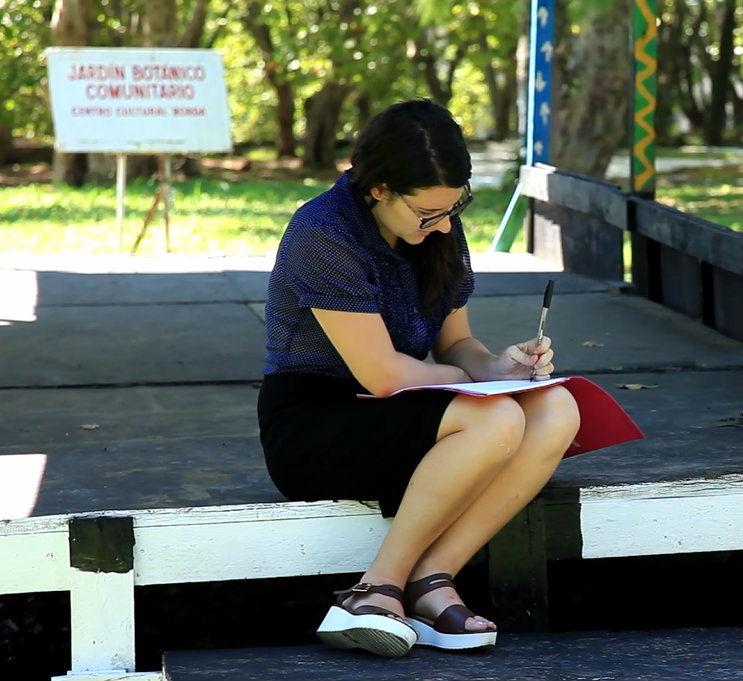Teaching English is probably the most popular way for people to experience working abroad. It’s not for everyone, but it does attract a wide spectrum of candidate, all of whom may be doing it for quite different reasons to the next.
Some want to earn some cash to extend their travels. Others are doing it to add a different level of experience to their trip. For a select few, it’s their real career. Whatever your reason for wanting to get into the game, there are a few things that you need to consider. Don’t see them as obstacles. See them as steps. And every step gets you closer to where you want to be.
Learn Before You Teach
Before teaching, or doing any job really, you’re going to have to learn a bit about how to do it. Here, we’re talking about training courses. Qualifications. Depending on where you are in life, and where you want to be, these range from long term visions, to what could be perceived as quick fixes.
Degrees in education, teaching, or English itself will give you the very best foundation for a long term career in ESL. For those who consider this too much, and that would be most people, a variety of short, specialised ESL/TEFL/TESOL courses are available. These range from 4-weeks to a weekend, and can be done in a classroom or online. They are also recommended for anyone who has already passed one of the degree courses mentioned earlier. Also available are schemes that offer both training and a job afterwards.
Cambridge University offer their own qualifications; CELTA is aimed at those with no prior experience, while DELTA is a more advanced course, targeting those who wish to further an already ongoing EFL career.
Do You Want to Get Paid?
Sounds like a daft question, but not everyone does. Some want to volunteer. Volunteering is a good option for both career teachers and career breakers, offering a way to gain valuable experience. This will stand the career teacher in very good stead for getting the paid jobs they really want later, while for the career breaker, it offers the experience they are looking for with the knowledge that they are making a difference to people who really need the help.
Another way to build experience, and to get that all-important first paying gig, is to spend a year or so doing the less sought after jobs. The small town school in China will be more likely to take on a new graduate than the university in Shanghai. That is a job to build towards. If you know this is going to be your career, view the small town job as part of your training. Because, really, that’s what it is.
Where Can I Do It?
Obviously, the countries that need English teachers are those which don’t use English as their first language. Rightly or wrongly, there are also two tiers of country to consider when deciding where to teach. The more developed places, Japan and South Korea being two good examples, offer better salaries and conditions. They are also more stringent with who they employ. Other places might not really mean it when they say the candidate needs a degree, or needs to be a native English speaker. A small town in China will more than likely just be happy with a foreign face.
For people wishing to get into the game, places like Costa Rica, Thailand, or China might offer an easier entry.
One thing that is not often realised, but shouldn’t be forgotten, is that once your time abroad is over, the opportunity exists to teach EFL at home. Universities do have foreign students, and some of them need to improve their English as they study their own subjects too. Career EFL teachers don’t have to spend a life-time away from home doing their job.

Lifelong Learning
Getting into the EFL game is like most things in life; learn, then do. Learning begins with your TEFL qualifications, but it doesn’t end when you get your certificate. It continues as you begin to take classes, and never actually finishes until you do. Whether that is 3 months later, or 30 years later, you’ll never stop learning. But it’s up to you to start.
If you want to start, check the action steps below to see what you can do today, or this week, or this month to get closer to your goal. You might not be able to do some of them without doing others first, but any one of them will see you closer to being an ESL teacher than you were before you started reading this.
1. Find an ESL teaching qualification course that suits your lifestyle (weekend, 4-week, online, CELTA) and sign up for it.
2. Join an online ESL teachers’ forum and find out more about the game from those who are already doing it, or get/give support from/to those in the same boat as yourself.
3. If you haven’t studied grammar since school, start brushing up on it. You’ll need to know terms and simple rules for your course, so why not make a start now.
4. Find a volunteer teaching program and figure out when you would realistically be able to join it.
5. Edit your resume to make it attractive to ESL employers, because right now, it probably won’t be.
6. Search for ESL jobs online (probably on the same site as the forum you joined in Step 2) and apply for a couple, even if you have no intention of taking one yet. Knowing the process will give you more confidence for when you’re ready to apply for real.
7. Move to a country that you know employs people like you as ESL teachers. This sounds extreme, because it is, but the best jobs aren’t actually found online from 3000 miles away – they are found at the school, in person. Do some research, and take a step.
Despite Number 7, nobody is asking you step into a classroom full of expectant eyes tomorrow and give an educational master class full of wit and confidence. But taking small, incremental steps will bring you closer than you were before and build confidence as you go.
Go!






 So here you have it, the bare bones of travel writing. One final thing: I would urge you to focus on travelling in responsible ways: ie with smaller, ethical tour operators who give back to the locals and who care about their impact on the environment.
So here you have it, the bare bones of travel writing. One final thing: I would urge you to focus on travelling in responsible ways: ie with smaller, ethical tour operators who give back to the locals and who care about their impact on the environment.

























